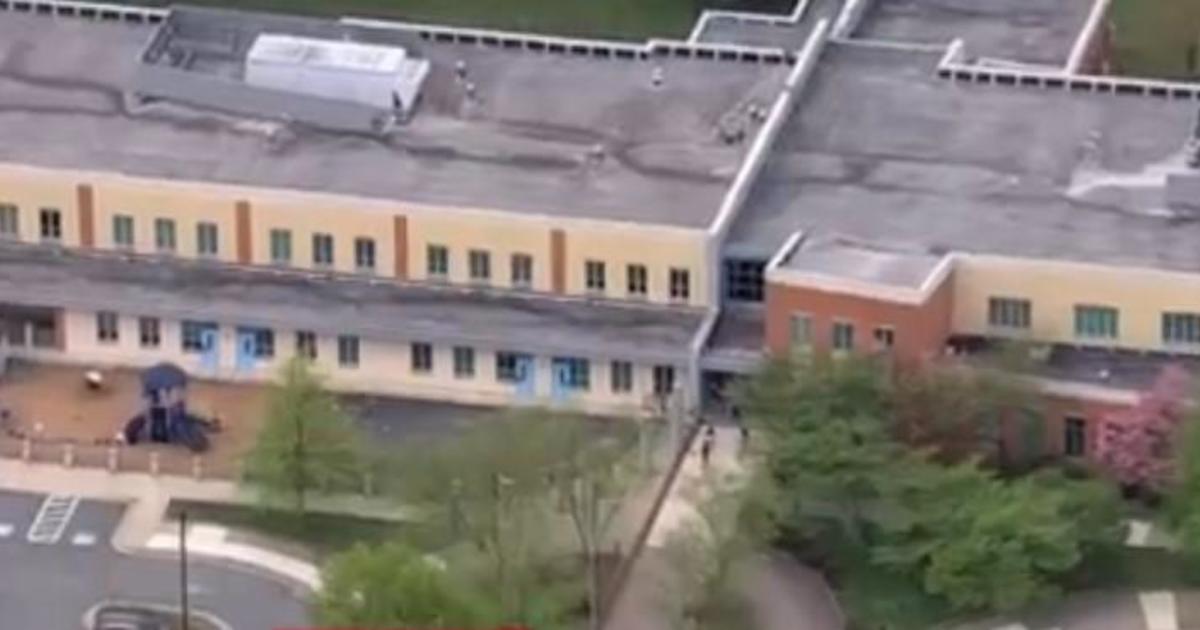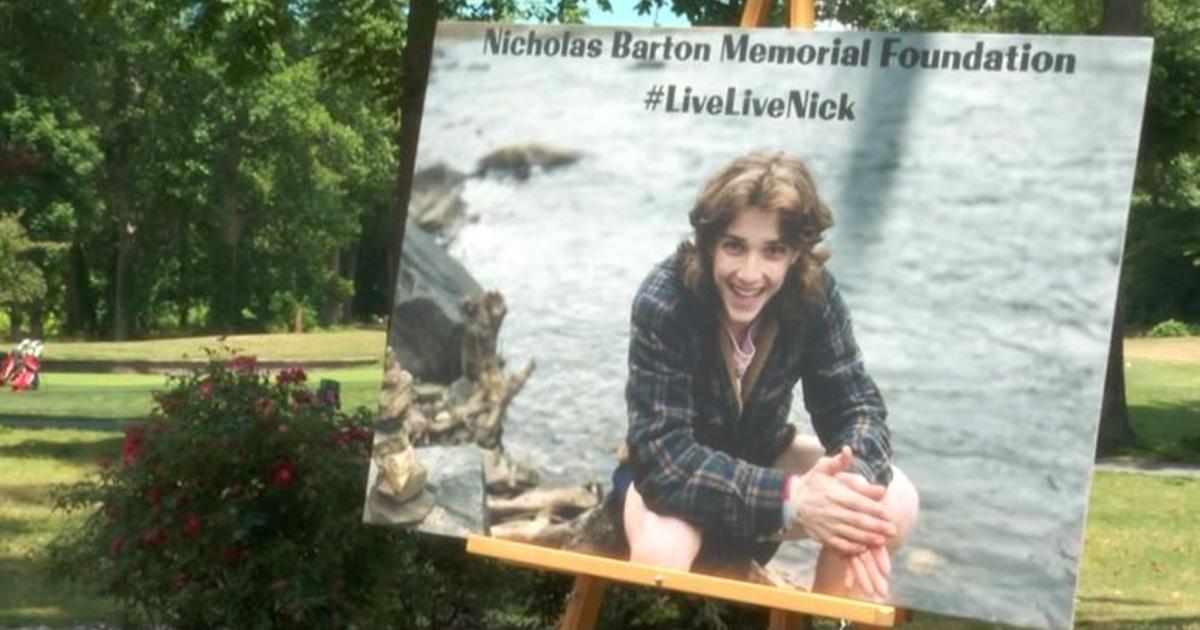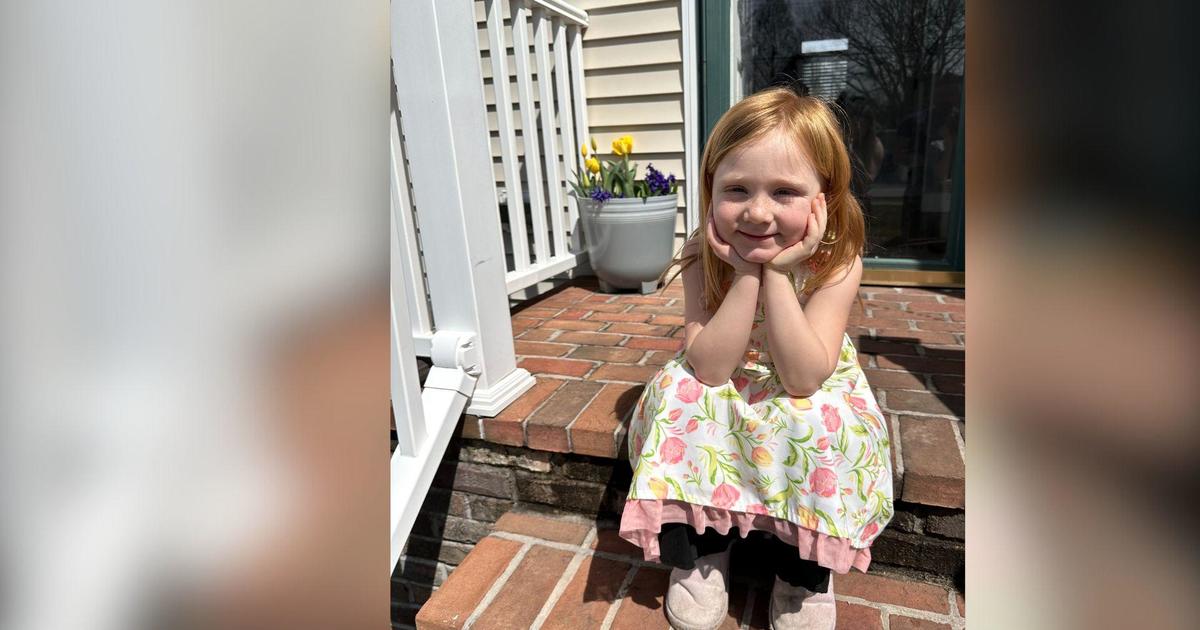Middle Schoolers Get Hands On With Nature On Bay
ALISHA GEORGE
The Carroll County Times
ANNAPOLIS, Md. (AP) -- Gwen Globus hurried from a large, black container to a nearby bucket of water, carefully placing live oysters from the container into the bucket.
While the seventh-grade Shiloh Middle School student and her peers rummaged through the container Wednesday morning, they also made sure to save any fish or other small critters that they found.
"The live oysters clean the water in the bay, so we're sorting them out," she said.
Gwen and some of Shiloh's other seventh-graders took a field trip Wednesday to the Chesapeake Bay Foundation's Philip Merrill Environmental Education Center to take part in environmental activities. Though it can depend on the weather or the time of year, visiting students are typically taken out on the bay and its tributaries for hands-on investigation.
Before Wednesday's trip, one group of the school's seventh-graders had already been to the facility while another group is at the facility today. The fourth and final group of Shiloh Middle School seventh-graders will visit the education center in May.
Students spent the sunny but chilly Wednesday canoeing through Black Walnut Creek, seine netting in the Chesapeake Bay and investigating live and dead oysters and fish species brought to land from oyster reefs. They also learned all about the education center.
Patrick Dotterweich, a social studies teacher at Shiloh Middle, said the school has been going to a Chesapeake Bay Foundation facility for at least 10 years.
Canoeing has been a part of the trip for about four years and is a lot of fun for the students, he said. The children sharing canoes become excellent at working as a unit.
"It is like a hands-on application of teamwork," Dotterweich said.
Seventh-grader Timmy Stultz said before students were allowed to paddle out into the water, they had put on life jackets and were told not to stand up in the canoes.
The canoes and the life jackets both had eco-friendly words of advice written on them, such as "turn off the lights," "carpool" and "plant a tree."
Steven Baldoni, another seventh-grader, said it was nearly impossible to avoid getting wet while paddling in the canoe. The boats would stop every few yards so instructors could discuss an aspect of the natural environment.
What the students have learned each year on the Chesapeake Bay Foundation trips adds to the information they are taught the year prior while attending Outdoor School at Camp Hashawha. Outdoor School is Carroll County's residential environmental school. All county sixth-graders have the option to attend for one school week.
"It's really a nice complement to what they do in the sixth grade," Dotterweich said.
The students took a water sample while out in the canoes Wednesday, he said. Teachers and students plan to compare the water quality of that sample to data that has been recorded in other parts of the bay.
"It's an application of what you see and read in the classroom," he said.
The Chesapeake Bay Foundation hosts educational programs for elementary, middle and high school students from Maryland and surrounding states almost every day, according to foundation spokesman Tom Zolper.
Other Carroll County schools have visited Chesapeake Bay Foundation facilities, including the Carroll County Outdoor School, Gateway School and Winters Mill High School.
It's important to spark interest in environmental education among children, especially since there are state standards for environmental literacy, Zolper said.
"Unless they have some sort of feeling for their local creeks and the bay, it's going to be lost," he said.
The Chesapeake Bay Foundation staff members work with many school principals and teachers throughout the year to provide them with in-depth lessons they can take back to their students.
Seventh-grade science teacher Mike Ellis said that Shiloh Middle arranges for the seventh-grade students to go on the trip before they begin a unit about ecosystems. The students are then able to recall their first-hand experiences when they later learn about such things from a textbook.
"We can see the real human impact on the bay," he said.
Seventh-grader Angie Turner said a game she and her peers played on Wednesday helped her learn about runoff.
"It showed how the sediment didn't go into the bay because of the trees and the scrubs," she said.
Environmental Educator Claire Cambardella talked with students about the problems facing the bay and had students come up with solutions. Oysters are filter feeders, she said, and they love to eat algae.
Before students were able to dig through the oyster shells brought to shore from Black Walnut Creek, the students did an oyster dance that depicted an oyster's life cycle.
Gwen said even though the bay is polluted, she is optimistic about the work that is being done.
"There are a lot more people than I thought who are protecting the bay," she said.
Seventh-grader Cecelia Boynton thought it was interesting to find so many fish among the piles of shells.
"We found seven species, which was really surprising," she said.
Ariana Kamalvand, a seventh-grader, said she's going to tell her friends what they can do to help clean the Chesapeake Bay.
"We're going to help save the bay," she said.
Information from: Carroll County Times of Westminster, Md., http://www.carrollcounty.com/
(Copyright 2013 by The Associated Press. All Rights Reserved.)



